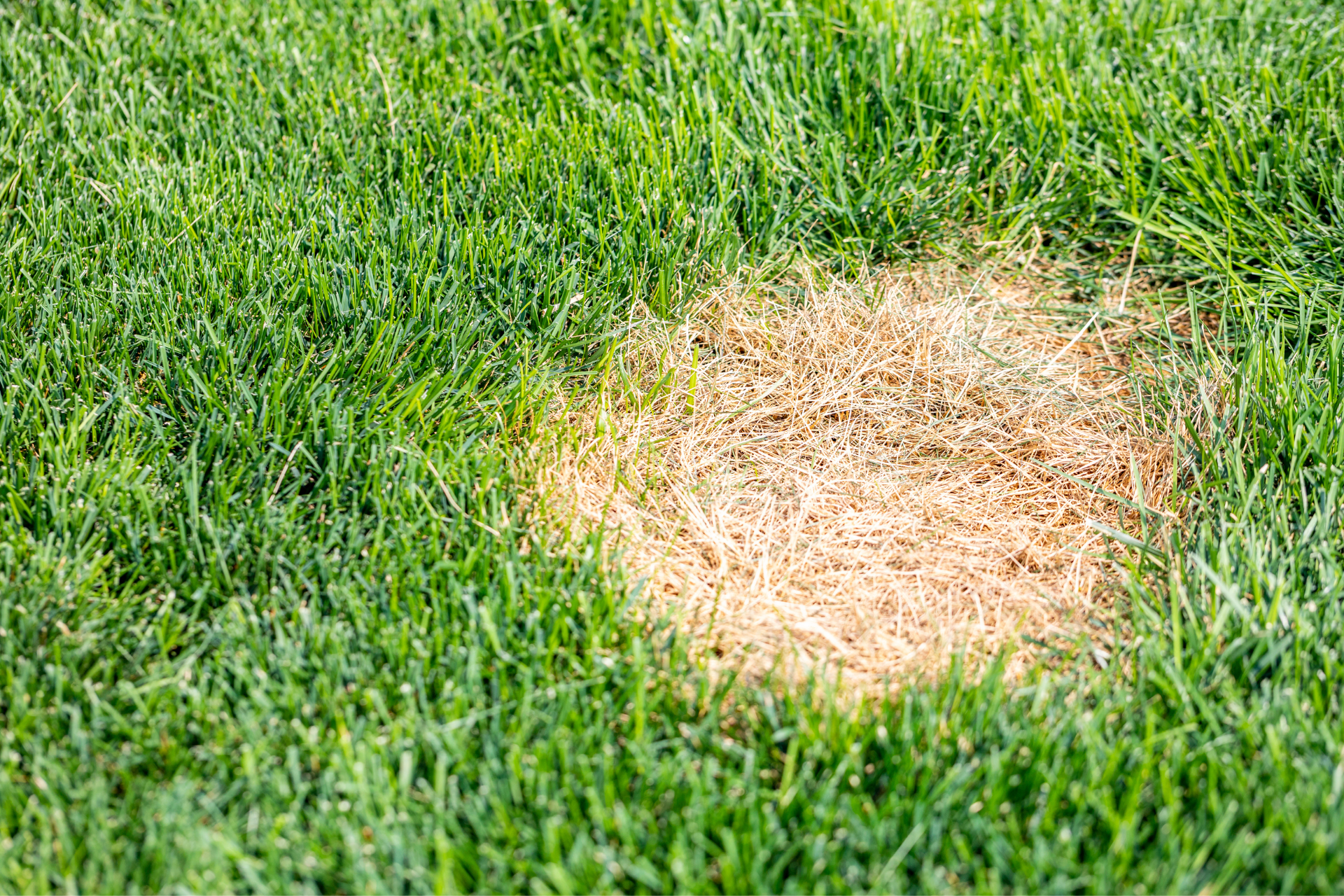
Michigan winters are known for their freezing temperatures, snow-covered landscapes, and dormant lawns. While your grass may appear lifeless during these cold months, it’s actually protecting itself from harsh weather conditions through a natural process called dormancy. In this article, we’ll explore how grass survives Michigan winters, what to expect from your lawn during this period, and the steps you can take to ensure its health until spring.
What Happens to Grass During Winter Dormancy?
When temperatures drop and daylight hours shorten, grass in Michigan enters a state of dormancy. This is a survival mechanism that allows it to conserve energy and protect its root system. Here’s what happens during this phase:
- Growth Halts: Grass stops growing above the surface, conserving energy for its roots.
- Color Change: The vibrant green of your lawn fades to a brown or tan hue. This doesn’t mean your lawn is dead; it’s simply dormant.
- Moisture Retention: The root system focuses on absorbing and storing moisture from melting snow to prepare for spring growth.
This natural cycle ensures that grass survives extreme cold and comes back healthy in warmer months.
Signs of a Healthy Dormant Lawn
Even though your grass isn’t actively growing, you can still tell if it’s in good shape during dormancy. Look for these signs of a healthy lawn:
- Even Coloration: A uniform tan or brown hue indicates the grass is dormant, not dead.
- No Bare Patches: The lawn should remain evenly covered, without noticeable thinning.
- Stable Soil: The ground should feel firm, not soggy or excessively compacted.
If you notice irregularities, such as bare patches or soil erosion, these could be signs of underlying issues that need attention before spring.
Essential Winter Lawn Care Practices for Michigan Homeowners
While your grass may not need regular mowing or watering during the winter, there are still ways to support its health and ensure a lush lawn come spring. Here are some practical tips for maintaining your dormant lawn:
- Minimize Foot Traffic: Frozen grass blades are more prone to breakage, which can damage the turf. Limit activity on your lawn as much as possible.
- Keep the Lawn Clean: Clear away leaves, branches, and debris. These can trap moisture, leading to mold or disease in the grass.
- Avoid Salt Damage: When deicing sidewalks or driveways, choose products that are safe for grass. Excessive salt can leach into the soil and harm your lawn.
- Inspect for Snow Mold: Check areas where snow accumulates for signs of fungal growth, which appears as circular, matted patches of gray or pink.
By taking these simple steps, you can help your lawn survive winter in top condition.

Common Winter Lawn Issues and How to Address Them
Despite grass being dormant, winter can bring challenges that impact its long-term health. Knowing how to identify and address these issues can prevent costly repairs when spring arrives.
1. Snow Mold
Snow mold is a common fungal disease in Michigan caused by prolonged snow cover. Look for circular patches of matted grass that appear gray or pink in early spring as the snow melts.
Solution:
- Rake affected areas lightly to improve airflow.
- Plan for a light spring dethatching to remove fungal debris.
2. Soil Compaction
Heavy snowfall, ice, and foot traffic can compact the soil, reducing airflow and water absorption.
Solution:
- Schedule aeration for early spring to relieve compaction and promote root health.
3. Rodent Damage
Voles and other small rodents create runways beneath the snow, gnawing on grass and roots.
Solution:
- Remove debris and tall grass near foundations and flower beds to discourage nesting.
- Use natural repellents or traps if the problem persists.
How Dormant Grass Prepares for a Strong Spring Comeback
Though your lawn appears inactive during winter, there’s a lot happening beneath the surface. Dormant grass is laying the groundwork for a healthy resurgence when temperatures rise.
Root System Activity
Even in dormancy, grass roots are still working. They absorb moisture from snowmelt, which nourishes the lawn and builds reserves for spring growth. This process ensures your grass is ready to emerge green and lush as soon as the soil warms.
Natural Protection
The dormant stage acts as a shield, safeguarding the grass from freezing damage and extreme temperature fluctuations. The brown color you see is like a built-in winter coat, reducing stress on the plant.
Resilience to Stressors
Dormancy also toughens grass against other winter stresses, such as ice, snow compaction, and pest activity. This natural adaptation is why it’s so important to avoid unnecessary interference, such as heavy traffic or improper snow removal.
By understanding how your lawn uses dormancy to prepare for spring, you can better appreciate the importance of winter care practices.

Set Your Lawn Up for Success
Michigan winters may leave your lawn looking dormant and lifeless, but understanding this natural process highlights the resilience of your grass. By minimizing foot traffic, preventing common issues like snow mold and soil compaction, and appreciating how dormancy protects your lawn, you’re ensuring a healthy, vibrant spring comeback.
While lawn care takes a backseat in the colder months, winter is the perfect time to plan ahead for seasonal maintenance. Services like perimeter pest control can also be a crucial part of protecting your property during this time, preventing pests from invading your home as they seek warmth.
For homeowners in Livonia, MI, and the surrounding areas, Independent Lawn Service is here to guide you through every season. Whether you need expert advice, perimeter pest control, or help with preparing your lawn for spring, call (734) 600-9161 today. Let’s work together to keep your lawn and landscape in top condition year-round.
